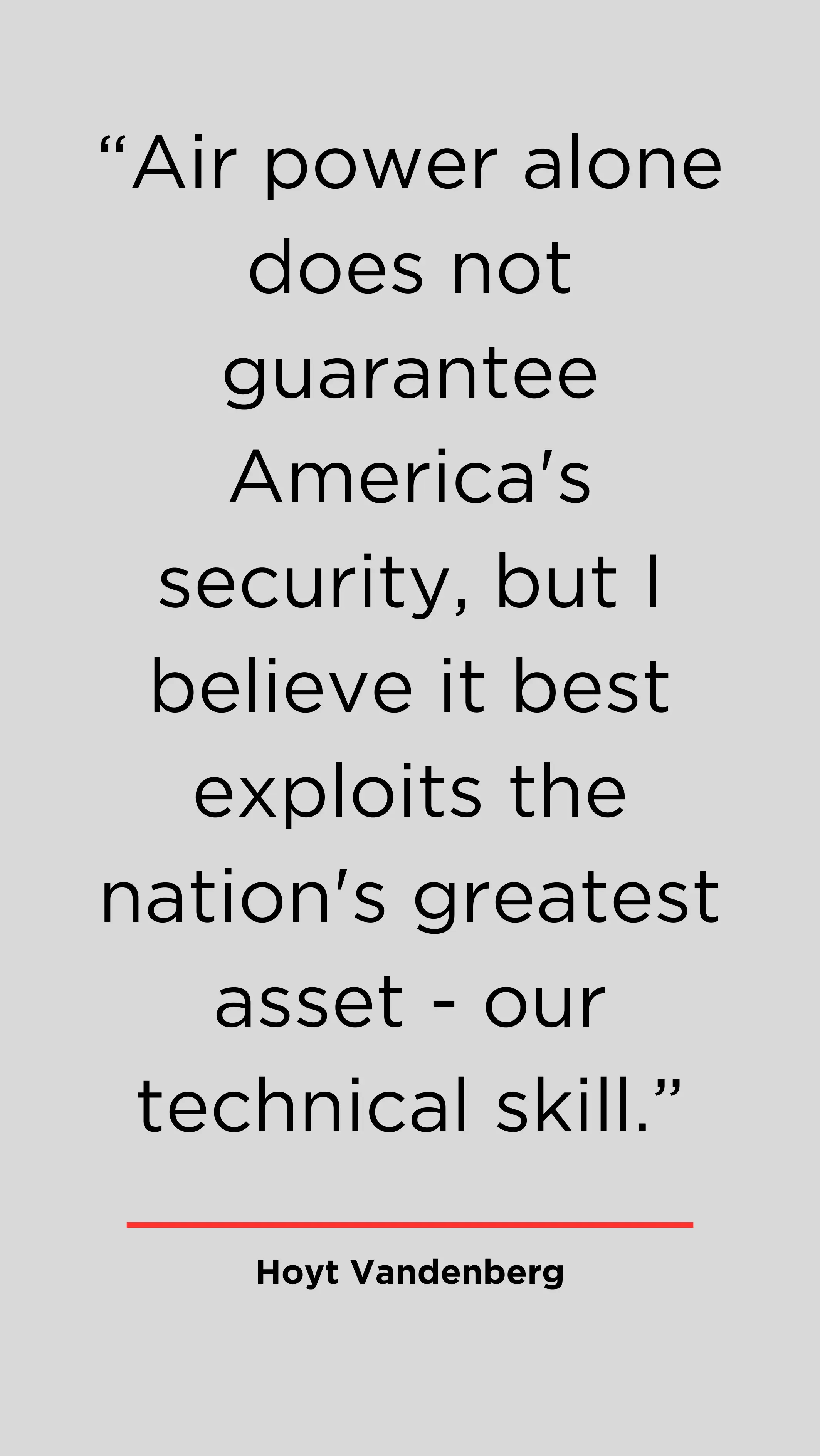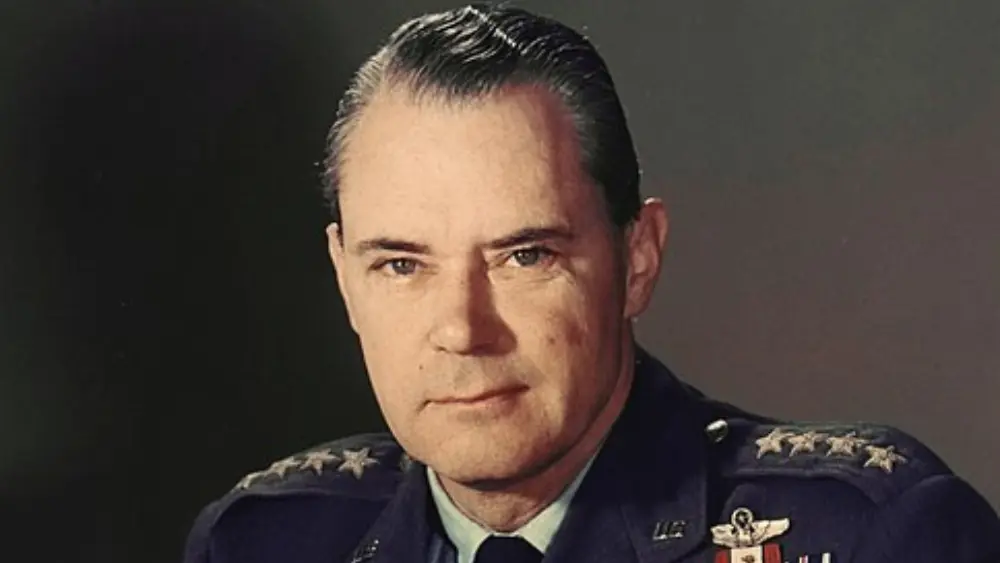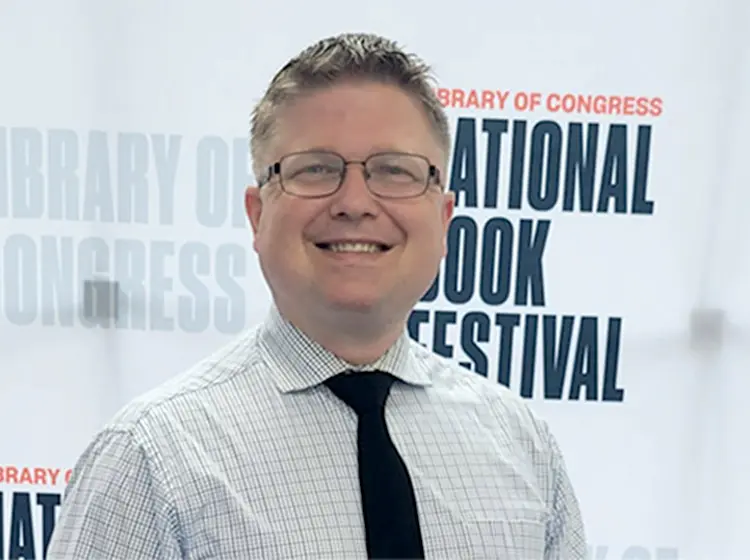There are names in military history that carry an echo far beyond their era—General Hoyt S. Vandenberg is one of them. As someone deeply passionate about military strategy and U.S. Air Force history, I came across Vandenberg’s legacy almost by chance. What started as a casual search about the Air Force’s independence turned into an eye-opening journey into one of the most pivotal military minds of the 20th century.
The Making of a Military Visionary
Hoyt Vandenberg graduated from the U.S. Military Academy at West Point in 1923 and soon entered the Army Air Service, which later became the U.S. Army Air Corps. At a time when air power was still seen as experimental, Vandenberg was already thinking beyond conventional lines.
Throughout his early years, he pushed for innovation in air tactics and emphasized the critical role that air dominance would play in modern warfare. He didn’t just believe in planes—he believed in air strategy, intel, and integration with ground operations. That foresight would later define his career.
World War II: A New Kind of War, A New Kind of Commander
During World War II, Vandenberg became one of the central figures in developing aerial intelligence and strategic bombing campaigns. He served as Chief of Staff for the 12th Air Force in North Africa and later as Deputy Air Chief of Staff at Allied Forces Headquarters.
What stood out to me was how he took traditional military doctrine and flipped it on its head. Vandenberg saw intelligence not just as a support tool, but as a weapon of war. It was this mindset that eventually led to his appointment as Director of Central Intelligence in 1946.
I recall reading about how he streamlined operations during his brief tenure at the CIA—standardizing analysis, coordinating foreign intelligence, and advocating for a unified structure. Even in a position that was outside the cockpit, he was piloting the nation’s future.
The Birth of the U.S. Air Force
One of the most pivotal contributions of Hoyt Vandenberg came in 1947, when the U.S. Air Force became a separate branch of the military. Just one year later, he was named the second Chief of Staff of the Air Force.
This wasn’t just a title—it was a mandate. Hoyt Vandenberg was tasked with building a new military institution from the ground up, shaping everything from doctrine to structure. Under his leadership, the Air Force began to carve out a distinct identity, independent of the Army, with a focus on strategic air command, nuclear readiness, and global reach.
It was during this period that I truly started to appreciate the scale of his impact. What we today know as modern air deterrence—precision bombing, air-to-air superiority, global strike capabilities—all grew from seeds that Vandenberg planted.

The Strategic Air Command and Cold War Readiness
Vandenberg understood the stakes of the Cold War better than most. He emphasized the development of the Strategic Air Command (SAC), seeing it as the linchpin of America’s nuclear deterrence. Long before “mutually assured destruction” became household terminology, he was already ensuring the U.S. had the upper hand in readiness, capability, and delivery.
It struck me how he wasn’t a warmonger, despite leading the most powerful air arm in the world. Instead, Vandenberg viewed strength as a deterrent, and his policies reflected that. His doctrine emphasized preparedness, survivability, and flexibility—principles that still guide U.S. Air Force strategy today.
Legacy Beyond Rank
A few years ago, I had the chance to visit Vandenberg Space Force Base in California. Formerly known as Vandenberg Air Force Base, it was renamed to reflect the new era of military operations in space. Walking through the base, seeing his name etched on plaques, briefing rooms, and even dorms, I could feel the reverence that still surrounds his legacy.
It wasn’t just about honoring a name. It was about continuing a mission. Hoyt Vandenberg’s fingerprints are all over U.S. aerospace doctrine, from traditional air superiority to ballistic missile defense and orbital warfare.
What really hit me was how the people stationed there—pilots, analysts, engineers—speak of him not as a distant figure in a textbook, but as “the General who made this all possible.”
A Family Tradition of Service
His legacy didn’t end with him. His son, Major General Hoyt S. Vandenberg Jr., followed in his footsteps and also served with distinction in the U.S. Air Force. It’s a rare thing to see two generations leave such a profound impact on military structure and policy. But with the Vandenbergs, it feels earned—not inherited.
Why His Legacy Still Matters to Veterans Today
For those of us who’ve served, studied, or simply respect military service, Vandenberg is more than just a historical figure—he’s a cornerstone of modern military doctrine. Whether you flew a bomber in the ‘60s, analyzed satellite data in the ‘90s, or deployed drones in recent years, his vision has shaped your mission.
To this day, I believe Hoyt Vandenberg embodied the best of military leadership: humble, sharp, visionary, and deeply committed to the men and women under his command. He may not have chased the spotlight, but he built the stage where American air power could shine.




